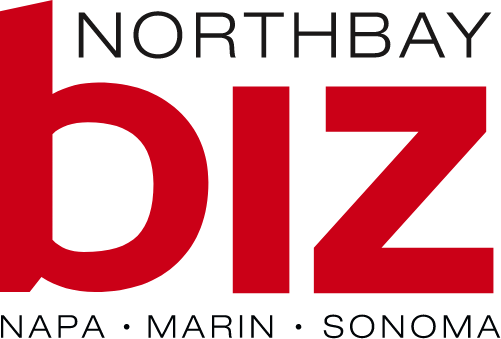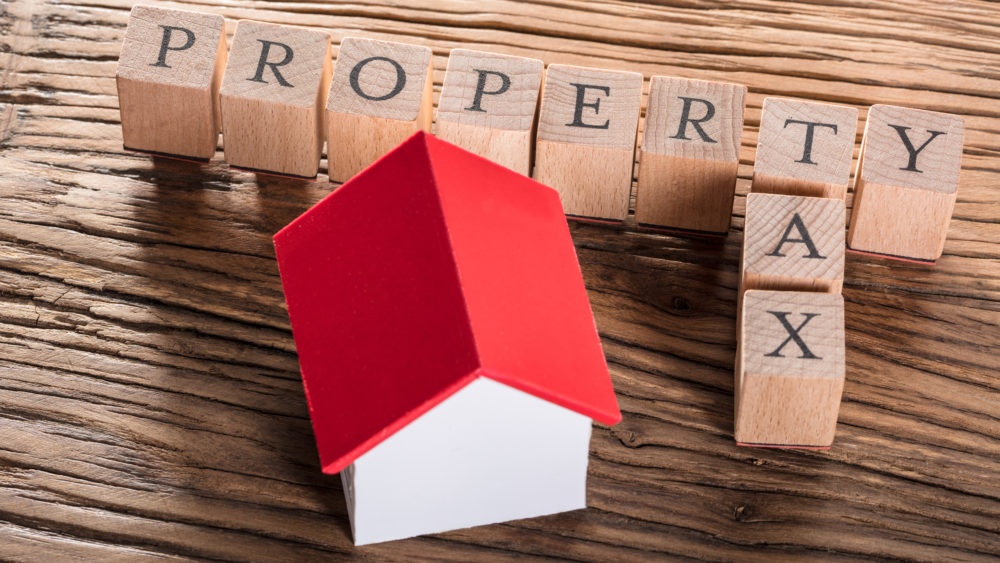How many new, single-family homes were built in Rohnert Park, a city of more than 40,000 residents, in the last 10 years? I posed this question to several people and their answers ranged from 50 to 5,000.
The actual number is nine, according to a March 26, 2011, article in The Press Democrat, which noted Rohnert Park has approved 3,800 housing units, but none have been built because of a combination of economic factors and, in earlier years, litigation over sewer and water capacity.
I decided to investigate and began calling officials in Rohnert Park. I tried five different people during a three-day period—without ever reaching an actual person. Instead, I reached five voicemail boxes. In some cases, the messages referred me to people I’d already been unable to reach. I felt like I was in “The Twilight Zone.”
On day four, I received a return call, and a very helpful person answered my questions. She confirmed only nine single-family home building permits were issued in the last 10 years. I was staggered to learn that the last one was issued in 2005. That year, the homebuilder paid $32,000 in Rohnert Park fees for the building permit, not including the required school impact fee that could have been another $5,000. I was told these fees are scheduled to go up this July 1.
I decided to research city building permit fees in the North Bay. I started with Santa Rosa, because its website has an easy-to-understand summary of single-family dwelling unit fees. The summary assumes the new home has 1,800 square feet, with an attached garage of 440 square feet, all on a 6,000-square-foot lot in a subdivision designated “low density residential” by the General Plan.
The fees are almost-but-not-quite endless: plan check, building permit, energy efficiency standards, micrographics, strong motion instrument, CBSC, technology, advance planning, electrical permit, mechanical permit, plumbing permit, wastewater demand ($10,726!), water demand ($6,392), meters, housing allocation, capital facilities, park, school impact and specific area impact.
The total for all of these is about $47,000, unless you’re building in an area subject to the “Southwest Area Plan” or “Southeast Area Plan.” In those cases, the total fee jumps to about $57,000.
If your proposed home is in a “high fire severity zone,” you’ll also pay fees for a fire plan check ($679), fire inspection ($679), fire micrographics ($33.95) and fire technology ($33.95). Air conditioning will add another fee.
Moving on to the city of Napa, I found a somewhat-frightening, five-page list of “Building Permit Application General Requirements” that noted many possible fees without giving specifics. Then I found a document dated May 5, 2010, titled “Additional Permit Fees.” Under “Building a New Residence,” this document referenced a “School Facilities Fee” of $5.75 per square foot. Another document titled “City of Napa 2005 Fees” quotes a “Park Development Fee” of $1,003 and a “Park Dedication Fee” of $6,581 for each detached, single-family home.
I began calling various City of Napa departments to ask about building fees. Fortunately, I found a gentleman in the Sanitation Department who offered to send me a single-page summary of “Estimated Fees for Example Residential Development (8/08 update).”
Based on an assumed 2,100-square-foot home with a 550-square-foot garage. Napa’s fees total $44,070, not including a school facilities fee of $12,075. The adjusted total is $56,145, and even this amount doesn’t include unquoted “direct costs” for an engineering plan check. Ominously, notes to the fee summary state that “projects also require 3 percent of estimated cost of construction improvements” for the engineering plan check. Could this be another $15,000 on a $500,000 home?
And then there’s San Rafael. Online, you can navigate to the city’s “Master Fee Schedule,” a 42-page document that sounds promising, but isn’t. Building permit fees are based on the value of your construction. Let’s say your construction cost is estimated to be $800,000. The building permit fee will be $5,879 and the plan check fee will be $3,821 plus a 10 percent surcharge ($382) for a “state-mandated energy check.” That’s about $10,000, but doesn’t include fees for school impact, park impact, sewer connection and water service.
The Master Fee Schedule states that sewer service with the San Rafael Sanitation District will be billed at “Full cost recovery using business cost study data.” Fortunately, the Sanitation District (which only services central San Rafael, with other areas of the city serviced by Las Gallinas Valley Sanitation District) has a more precise fee schedule: $7,869 for a new, single-family home. The last single-family home connection to sewer service was in September 2010.
For water service in San Rafael, you can’t even apply to the entirely separate Marin Municipal Water District until you have a fully approved/paid building permit from the city and construction has begun. Water connection fees vary tremendously, but typically range from $7,000 to $17,000 for one home, though they can run $24,000 or more.
I still didn’t have the full picture of permit costs in San Rafael, and I was destined not to get it. I spoke to a man in the Building Department and kept pushing, gently, for the roughest estimate of total costs. He finally enlightened me with the truth: “San Rafael is built out,” he said, “and there really aren’t any lots on which to build a new, single-family home.”
“Built out” is ominous for construction of new, single-family homes in the North Bay. The combination of high government costs, permit complexities, high construction costs, sewer and water restrictions, endangered species protections, designated open space and tough economic conditions have led to virtually no room for new homes. Further, the Association of Bay Area Governments (ABAG) and the Metropolitan Transportation Commission (MTC) present a “Vision Scenario” that ties development to transportation hubs in downtown urban centers—for instance, high-density housing around train stations. Is that the real reason behind the SMART train? Say goodbye to the new, single-family home.




